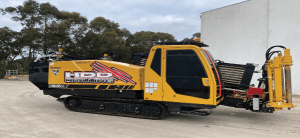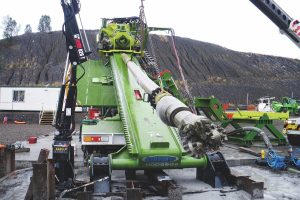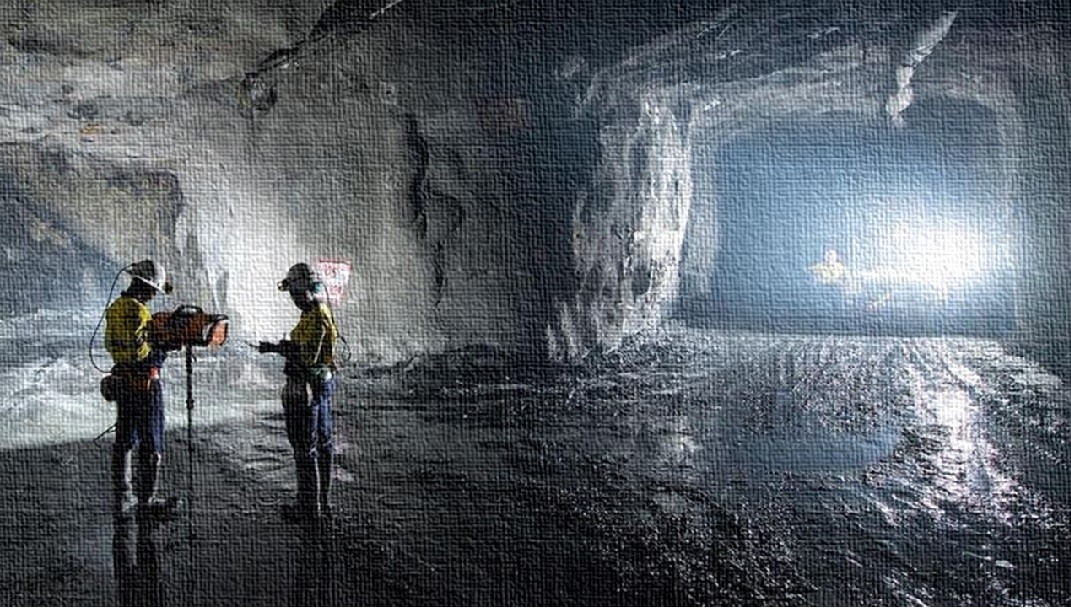The Hidden Path: Unveiling the Secrets of Directional Drilling
Understanding Directional Drilling: A Revolution in the Oil and Gas Industry
In the realm of oil and gas extraction, innovation is the key to unlocking new reservoirs and maximizing resource recovery. One such innovation that has revolutionized the industry is directional drilling. Unlike traditional vertical drilling, directional drilling allows operators to access reserves that were previously unreachable, tapping into reservoirs beneath urban areas, bodies of water, or sensitive environmental locations. This article aims to delve into the intricacies of directional drilling, shedding light on its techniques, applications, and the secrets that lie beneath the surface. The Hidden Path: Unveiling the Secrets of Directional Drilling

The Science Behind Directional Drilling
Directional drilling is a technique that involves drilling non-vertical wells to reach subsurface reserves. It encompasses a variety of methods and technologies that enable operators to control the trajectory and orientation of the drill bit as it penetrates the earth. The process begins with the deployment of a specialized drill bit equipped with sensors and motors that allow for real-time adjustments to the drilling direction. These adjustments are guided by sophisticated software algorithms, geological data, and input from surface operators.
Applications and Benefits of Directional Drilling
The versatility of directional drilling has opened up a myriad of applications across the oil and gas industry. One of its primary uses is in accessing reservoirs located beneath obstacles such as bodies of water or urban developments. By drilling at angles, operators can navigate around these obstacles while still reaching the desired target zones. Additionally, directional drilling is employed in enhanced oil recovery (EOR) techniques, where wells are strategically placed to maximize production from existing reservoirs.
Furthermore, directional drilling offers environmental benefits by reducing surface footprint and minimizing disturbance to sensitive ecosystems. In offshore drilling operations, directional drilling allows for the consolidation of multiple wellheads onto a single platform, reducing the environmental impact and cost associated with constructing additional infrastructure.
The Future of Directional Drilling: Innovations and Challenges
As technology continues to advance, the future of directional drilling holds promise for even greater efficiency and precision. Advancements in sensor technology, data analytics, and automation are enhancing the accuracy and reliability of directional drilling systems. Additionally, research is underway to develop biodegradable drilling fluids and eco-friendly drilling techniques to minimize environmental impact further.
However, the widespread adoption of directional drilling also presents challenges, including regulatory compliance, operational safety, and cost management. As operators push the boundaries of drilling complexity, ensuring the integrity of wellbore construction and maintaining environmental stewardship will remain paramount. https://drillitco.com.au/
Conclusion
Directional drilling has emerged as a game-changer in the oil and gas industry, unlocking new opportunities for resource extraction while minimizing environmental impact. By harnessing advanced technologies and innovative techniques, operators can navigate the hidden paths beneath the earth’s surface with unprecedented precision and efficiency. As the industry continues to evolve, the secrets of directional drilling will continue to be unveiled, paving the way for a more sustainable and productive future.
In summary, directional drilling represents not only a technological advancement but also a testament to human ingenuity in overcoming the challenges of resource extraction in an ever-changing world.


